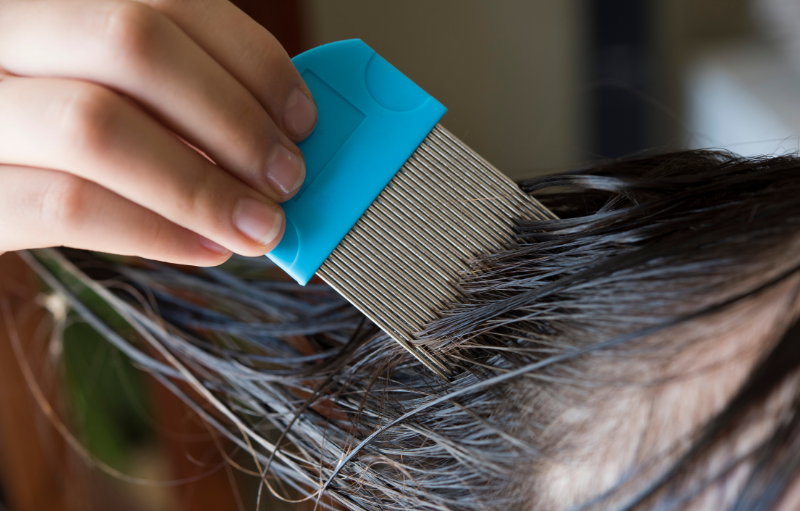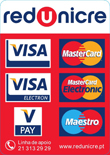
Going back to school is always a moment that is lived with great anxiety and anticipation, not only for the youngest but also for their parents. However, despite the meticulous preparation that a new school year requires, we are not always ready to respond to all the setbacks that may eventually arise during it. As such, today I decided to talk to you about a topic that, despite being well known, is still socially treated as a taboo subject: pediculosis.
Pediculosis is a public health problem that is known to be nothing more, nothing less, than a lice infestation. A condition that affects, above all, young people and children of preschool age.
The head lice (Pediculus humanus capitis) is a parasitic insect that feeds on the blood of human beings and which, despite being predominantly found on the head, can also lodge in the eyebrows and eyelashes. Commonly, the main symptoms of this condition are itching (caused by an allergic reaction to lice bites), wounds, irritability, and difficulty falling asleep, since lice are particularly active in the dark.
Contrary to popular belief, head lice do not have wings or legs. Therefore, they are not able to jump from one head to the other, which makes the transmission only possible due to direct contact with the hair of an infested person, or sharing clothing or other utensils recently used by the same. The truth is that there are many myths widely associated with this theme and that, unfortunately, to this day, they still trigger situations that can lead to the development of social stigmas. Another example of this is the fact that it is sometimes thought that pediculosis is a problem associated with poor hygiene when, in fact, lice choose to colonize clean heads.
Therefore, and as the role of the health professional is also to combat misinformation, it is never too much to share some tips to help prevent and treat pediculosis.
First of all, it is important to mention that lice have three forms: egg (nit), nymph, and adult. The nits are placed close to the scalp by the lice (in their adult state) and there they remain firm, so they can easily be mistaken for dandruff or small scabs. Generally, until they hatch, they take between 7 to 10 days, and when they finally become nymphs, their appearance is very similar to that of an adult louse, however, their size is smaller. In order to mature, the nymphs have to feed on blood, so in this case, the lice themselves are expected to form 9 to 12 days after the nits hatch. Finally, fully developed, they have six legs, brownish color, and the same need: to feed on blood to survive. This is why it is estimated that an adult louse is capable of living in a person's head for a month and that, on the other hand, it does not survive longer than 48 hours away from its host. The bad news? Well, maybe the fact that adult females have the ability to give birth to around 6 nits a day!
So now that we know the life cycle of this parasite, it becomes extremely important:
On this last topic, it should be noted that there are numerous options on the market and that they are available in the most diverse forms of presentation, such as sprays, shampoos, creams, and lotions. Usually, products without insecticides or overly aggressive agents are always recommended, in order to ensure the safety of the entire treatment process and to allow more fragile groups, such as children, pregnant women, and nursing mothers, to also enjoy these options of treatment. Lotions with ingredients of natural origin and with an oily texture, usually associated with a composition rich in essential oils, are an example of products that, as a rule, are well tolerated and have high efficacy against lice, as they allow the formation of a film that leads to their death by suffocation.
Finally, my last piece of advice goes to parents who want to avoid embarrassment: always bet on prevention! As in the case of treatment, there are already many ways to fight the lice “saga”. It is even possible to prevent this phenomenon while using a product with a pleasant aroma, which facilitates brushing the hair, detangling it, and which is also capable of protecting your child's hair from solar radiation. Pediatric and dermatologically tested, the truth is that Nosa Protect sprays are, without a doubt, an excellent bet. Easy and practical to use, they must be shaken well before application (on dry or wet hair), which must be done at a distance of 15 centimeters.
I hope these tips have been useful to you and that they can help you to overcome these types of situations more easily. Any questions, please don't hesitate to contact us. Happy return to school! See you soon!
Dr. Andreia Moreira
Farmácia Saúde
Maria Margarida Moreira - Farmácia Sociedade Unipessoal, Lda.
VAT: 514202386
Avenida dos Combatentes da Grande Guerra, 689
4200-190 Porto
+351 225 089 213 (Call to the National Fixed Network) / +351 910 732 211 (National Mobile Network Call)


Bank Transfer